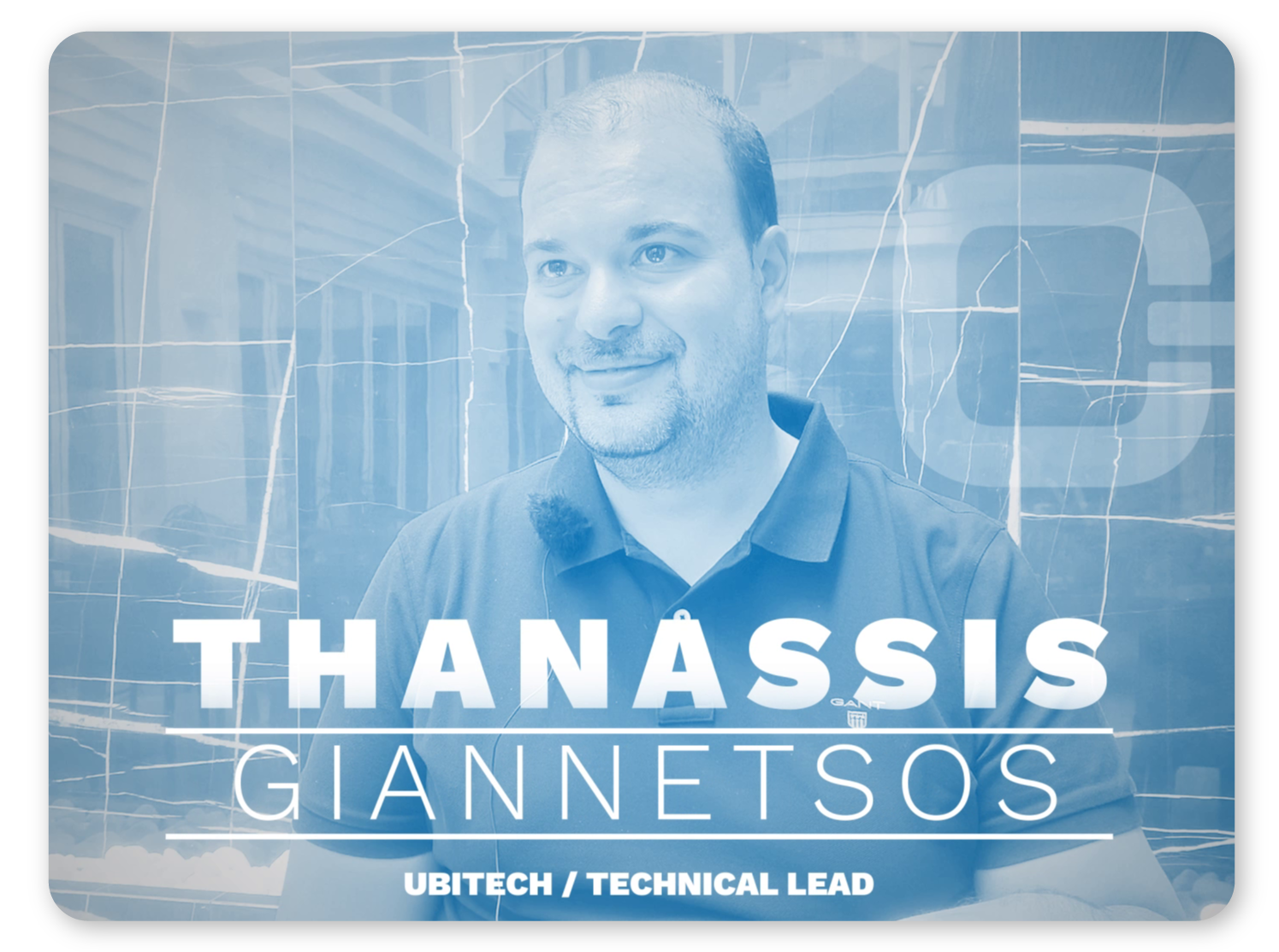We spoke to Thanassis Giannetsos, Technical Lead of the CONNECT project and Head of UBITECH’s Digital Security & Trusted Computing Research Group on the significance of the CONNECT project for connected cars, the challenges it is facing and also on the relevance of the project for younger generations.
What is your role in the CONNECT project?
My name is Thanassis Giannetsos. I am the Head of the Security and Trust Computing Group UBITECH. One of our main areas of expertise is designing security and privacy within protocols, and we are actually working in connected cars. And this is one of the main visions of the main innovations we are aiming for in the context of CONNECT.
CONNECT is actually dealing with presenting a new trust assessment framework in the context of connected cars. So essentially, as we are reaching more and more into the era of autonomous driving, we need to rely more on the correct behaviour, the correct execution of everything running inside the car. So as these requires the design of new security protocols, new dynamic assessment framework, and this is what we are aiming for in actually achieving a result.
And we are pretty happy we have a very strong consortium combining expertise from academia but also from the industry and also OEMs. We have for instance DENSO, we have CRF from Italy and we are very, very excited that we will achieve very good results.
What really excites you about CONNECT? Where do you see the innovation?
Since the main vision of CONNECT is actually on enhancing the security and operational assurance in connected cars, this is what is exciting here. We should be able by the results of the project to enable this transition of actually going to the autonomous driving. This requires again, as we mentioned, that we designed security mechanisms both in vehicle in the context of the cars but also as cars communicating with other cars and with other outside units and all of the other entities that make this connected car ecosystem a reality.
What upcoming challenges do you foresee?
The interesting part when it comes to challenges is that we have a lot of research questions that we need to answer, especially as we’re talking about such dynamic and complex systems. It’s not very easy when we’re talking about providing evidence about the correctness of a function running inside the car.
For instance, one vehicle thousands of years ICUs. We need to be able to have evidence about the correct behaviour of an ICU and then to be able to translate this evidence of the correct behaviour of a vehicle on the road. This is one of the main challenges when we’re talking about the research perspective. Another challenge is, again, because we are talking about designing multiple artifacts, output of CONNECT, we need to be able to integrate them and test them and showcase how they work in the context again, of cars. These are two of the main challenges. They are interdependent. But again, because we are having such a strong consortium, we are pretty committed, and we are pretty sure that we will be able to actually have the results we are aiming for.
If you would have to explain how exciting the CONNECT project is to the younger generation – what would you say is really cool about it?
That’s very interesting because in the last couple of years there has been a lot of discussion about autonomous driving, especially with innovation that we have from Tesla and also Elon Musk, which is a person that is always talking about electric vehicles, connected cars. I think that now where we’re the states that many people of the younger generation, they are actually aware of what is the vision of connected cars and since they are actually listening, so they are having a lot of information broadcast to them by all of this news, all of these interviews – they all understand that, yes, we are going towards this direction.
They can see the benefits of what connected cars can offer, because we are actually now having, in the context of electric vehicles, some sort of automation. They understand the importance of security and safety that these types of systems can bring. So, everyone is excited, and I am pretty sure also the young generation that they have seen the benefits and what this can offer about making them more secure and getting towards the realization of actually having this type of automation on the road.
Anything to add?
The other interesting, and the last point I would like to mention is that this is one of the main priorities now for Europe when it comes to being able to enhance the security of this type of systems. We are very happy that we are pioneers in this domain.
And not only that, but hopefully the designs of the systems that we should be able to create within CONNECT. They can then enable research in other important domains of our life because we are having a lot of similarities, a lot of overlaps from connected cars with smart manufacturing when it comes to security requirements. This type of research will actually also benefit other domains.
